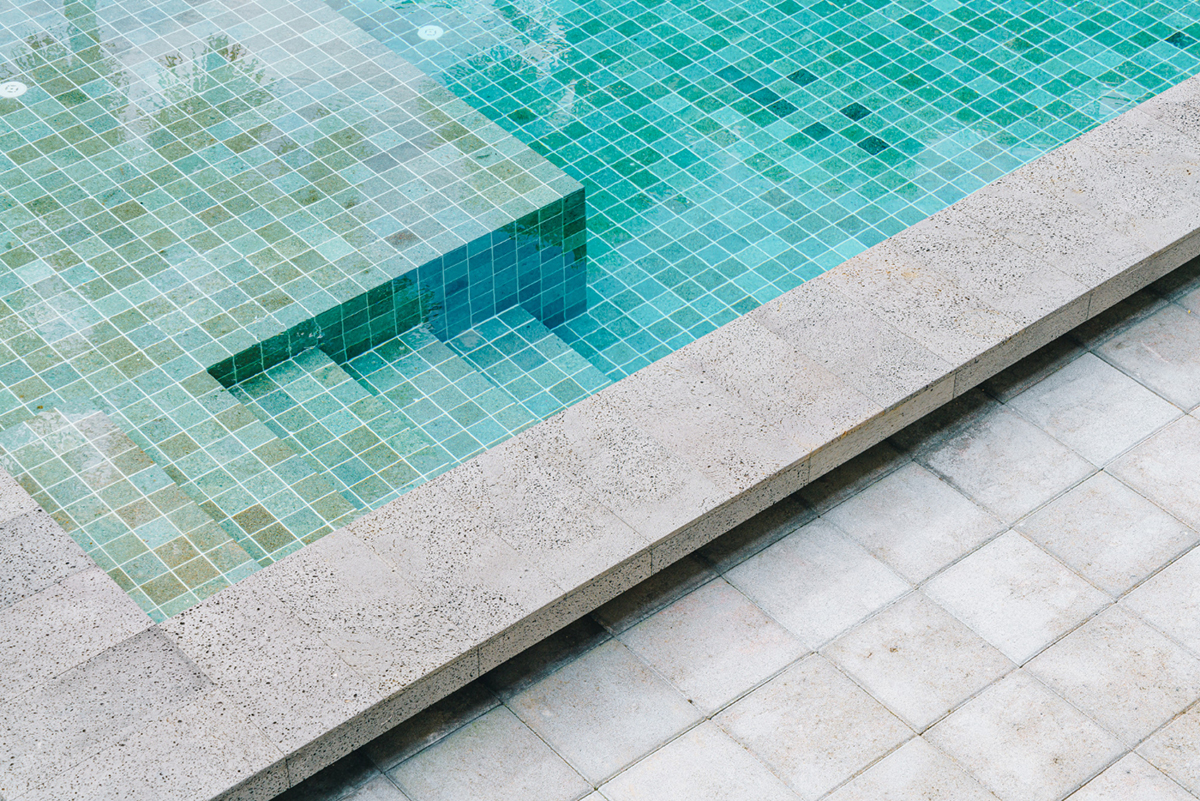
Pool resurfacing involves removing the existing surface of the swimming pool and replacing it with a new layer of plaster or another longer-lasting material. Pool resurfacing helps to fix cracks, leaks, and other deformities that may impede the pool's function. It can also improve the appearance of the pool, making it inviting for swimmers.
Pool resurfacing is necessary when deterioration of the pool surface occurs, usually after 8-15 years, depending on its usage, weather conditions or type of surface originally installed. Visible signs of deterioration include rough texture, staining, and brittleness of the surface. At Pure and Simple Poolcare, we can assist you with any pool problems and recommend the best course of action for your unique pool needs.
There is a range of materials available for pool resurfacing. Common options include plaster, pebble, and quartz surfaces. Plaster is a classic and affordable option, but it is less durable than other materials. Pebble and quartz surfaces are more expensive, but they are more durable and come in a variety of colors. Pure and Simple Poolcare offers a variety of options to accommodate every pool owner’s needs.
Pool resurfacing involves several steps. The first step is to drain the pool and remove the existing surface. The next step is to inspect the surface for cracks, signs of erosion and repair them as needed. Subsequently, the new material is applied over the old surface, and eventually, the pool is refilled. The entire resurface process typically takes seven to ten days, but it can vary depending on the size of the pool and the materials used. With over 20 years of experience, you can trust us for the best pool services.
Don’t let the fear of how and when to resurface your pool deter you from enjoying the benefits of your pool. At Pure and Simple Poolcare, we will ensure that your pool resurfacing experience is smooth and stress-free. Contact us today to schedule an appointment and reap the benefits of a well-maintained pool. Trust us for all your pool needs, and we will ensure timely and efficient pool services.